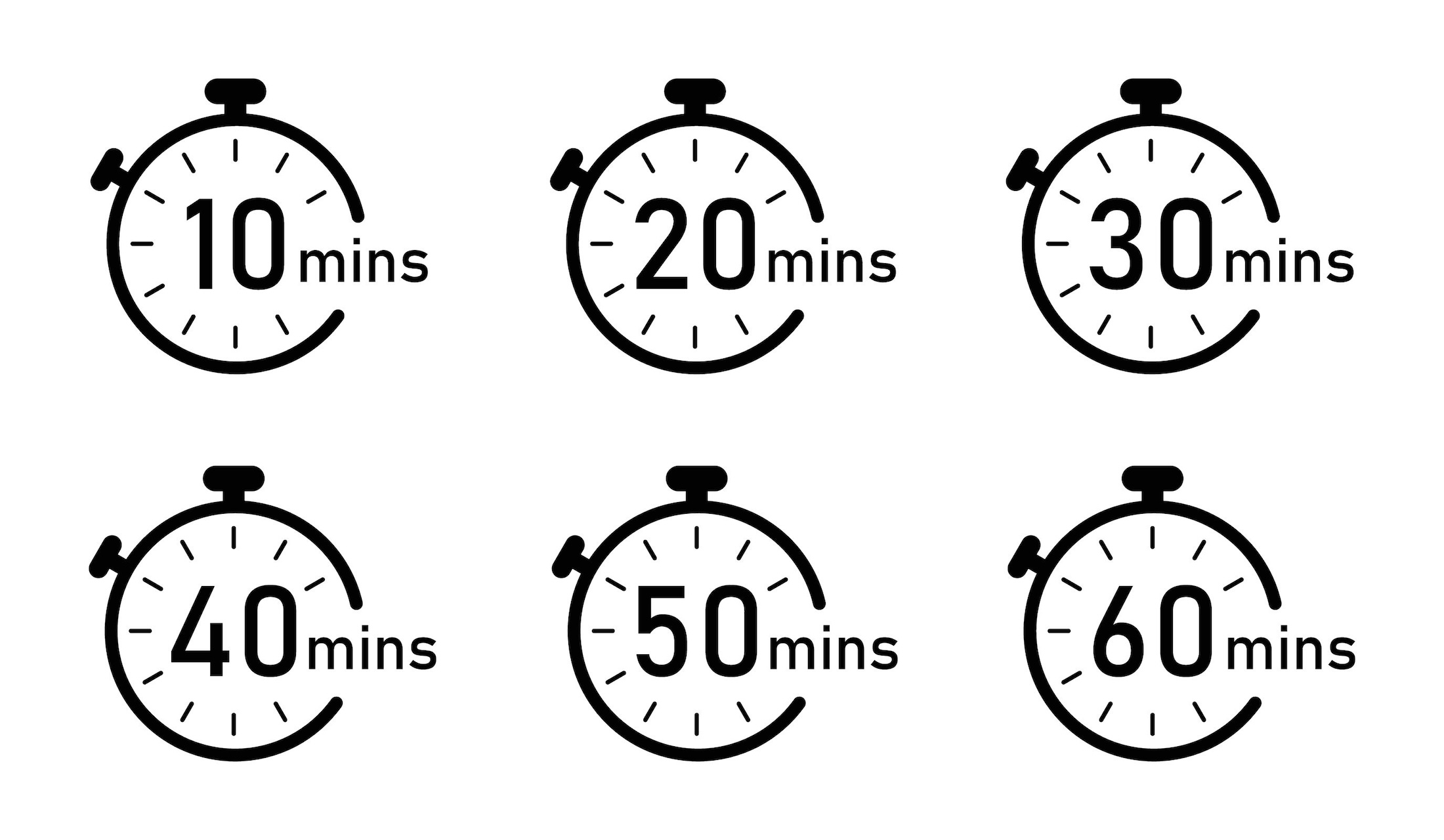After more than two years of pandemic-enforced separation, organizations of all kinds are eager to get their people back in the same room again—whether for mega-events like an annual meeting, simply working a few days a week in the office, or anything in between.
For business communicators, this is good news. In-person gatherings have undeniable advantages for getting your message across and making sure it sticks long after the microphones and folding chairs have been packed away.
But another by-product of the pandemic has been the vast improvement in communications technology, i.e better video quality, more flexible formats, that have brought the virtual experience closer to real life.
The pandemic also helped organizational leadership become more comfortable with virtual communications, in large part because no other kind was possible. And as employees spent more time communicating virtually with their colleagues, they saw the benefits, too: more focus, less commuting, not to mention more casual dress.
However, recent studies clearly show tension between employers and employees over the issue of hybrid versus in-person working as workers are called back to the office.
According to the law firm Littler, which surveyed 700 employers in Europe, employees now consider the option to work flexibly to be an integral part of any employment offer, along with adequate compensation and a safe workplace environment. Employers, on the other hand, want to get back to a more structured, in-person set-up, which they feel is necessary for team-building and transmission of organizational culture.
Managing that tension is one of the greatest challenges in the workplace today, the survey found.
So while the pent-up desire may be strong, and the advantages are still undeniable, business communicators need to make sure that any in-person gathering is really the best way to get their message across—both verbally and non-verbally.
Here are some guideposts.
1/ How important is the personal touch?
Chip Conley, an entrepreneur and adviser to Airbnb, has a useful way to think about messages in a business context: Are they transactional or transformational?
Transactional communications are essentially one-way streets. You have the information, and you need to get it out there so that people can act on it. They may have questions, and you should handle them promptly, but you don’t need to do it in real time.
Transformational communications, on the other hand, are all about exchange and inspiration. Think team building, relationship building, traditional rites of passage—anything where the intangible benefits of getting people together will likely outweigh the cost and risk.
The more transformational the message, Conley says, the more important it is to deliver it in person.
Laura Vanderkam, a time management and productivity expert, talks about the “emotional contagion” of an in-person event. If you want to introduce employees to a new program, you can send them an email or schedule a conference call to give them the details. If you want them to be as excited as you are about it, on the other hand, you’re probably better off conveying the excitement in person.
For communications professionals, the implications are clear: Don’t waste in-person gatherings on announcement of data, or details of the new employee stock ownership plan, or health and safety protocols.
But do schedule an in-person meeting to whip up enthusiasm for a new strategic endeavor, or to celebrate the annual promotion class, or to brainstorm a longer-term or more complex initiative.
2/ Do you want random interaction and candid feedback?
The global law firm Clifford Chance held its first in-person annual partner meeting in three years this past October. More than 500 people gathered in Paris for two days of events, including dinners and discussions of topics such as generational change, geopolitics, and diversity and inclusion.
Equally high on the agenda, according to attendees, was networking. One partner based in continental Europe who recently joined the firm said he had met “around 300″ people, describing that as an “amazing feat.”
“I spoke with lots of partners from America, Singapore, Luxembourg, Amsterdam,” the partner told the legal publication Law.com International. “I hope I can benefit from these relationships in the future.”
As the example of Clifford Chance illustrates, the most valuable part of an in-person gathering takes place outside of the meeting rooms and away from the overhead projectors—in the informal conversations and opportunities to connect with colleagues who until then may have been only disembodied faces on Zoom.
But the law firm wasn’t just providing the equivalent of a cruise ship and encouraging participants to meet on the Lido Deck. It also wanted their help in confronting some complex, thorny issues. In addition to soliciting their ideas, the firm wanted to make participants feel as though they were part of the solution. Breakout sessions and feedback loops were an essential part of the two days.
Communications professionals often struggle to persuade business leaders that they need input from all sides—especially input they don’t want to hear. For organizations that want to demonstrate that they value candid input and swing-for-the-fences brainstorming, there is no better model than to show up—in person.
The great advantage of in-person meetings is the opportunity to engage and interact spontaneously
3/ Can you go the extra mile to make it worthwhile?
An in-person gathering asks a lot of everyone involved: time, travel, attention span. Organizers need to be doubly sure that the effort will be worth it – and not just in terms of money. Participants need to come away having experienced something valuable that couldn’t have been achieved on a videoconference, no matter how well produced.
One way to do this is to bring some old-fashioned star power. Make sure top leaders are on hand and well briefed—to present, yes, but also to mingle, to answer questions, and to ask them.
Another way is to bring in special guests—leading lights in the field whom participants would go out of their way to meet, but now don’t have to.
Clifford Chance spiced up its recent partners’ meeting with sessions from well-known political analysts, top executives from client companies, and prominent academics.
The firm’s communications team also made sure that the new managing partner, Charles Adams, and other leading partners cut an active and visible figure. One European partner said that Adams and his team spoke “to as many people as possible,” adding, “They were happy to make small talk and were very open-minded.”
Whatever the news, whatever the context, that’s the message you want to deliver.






